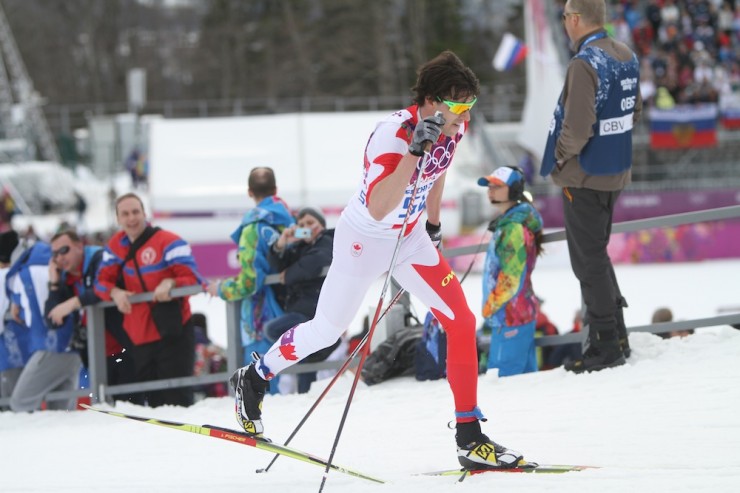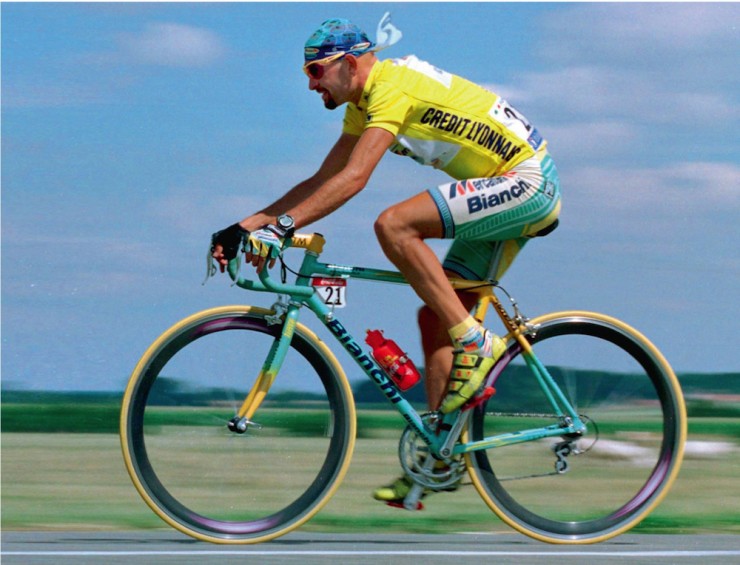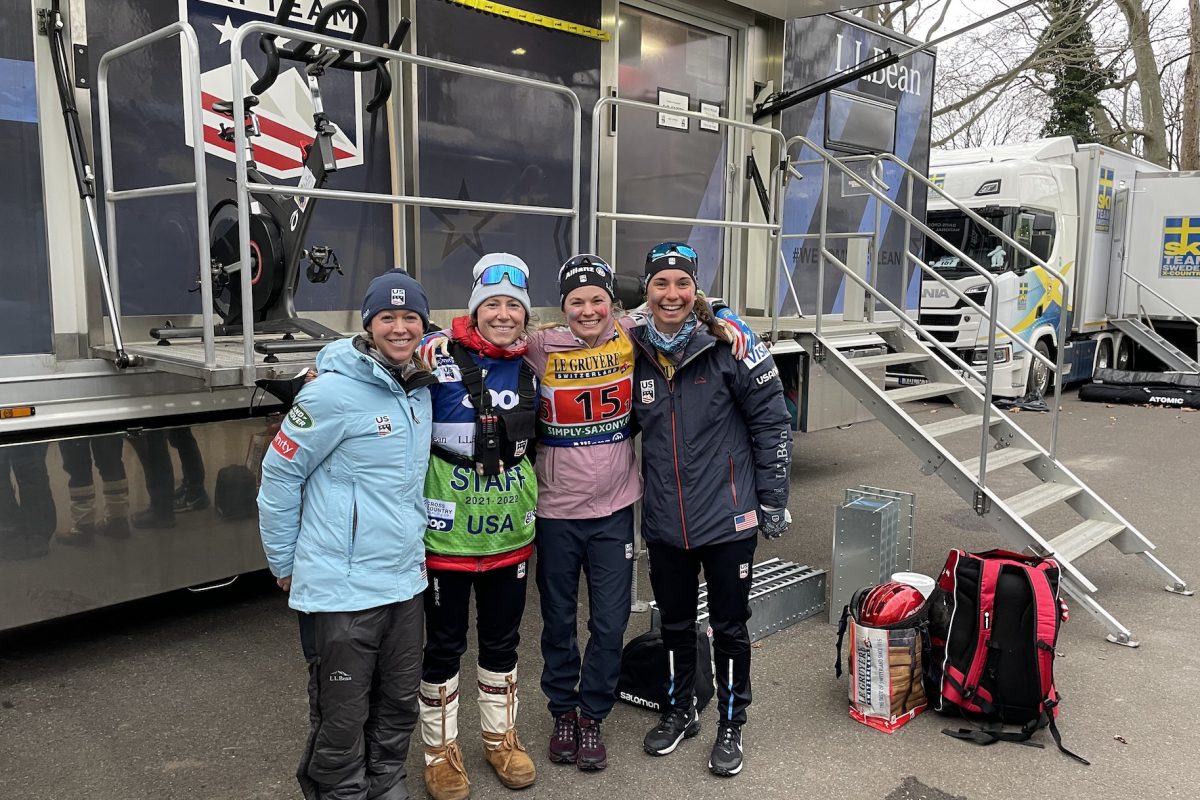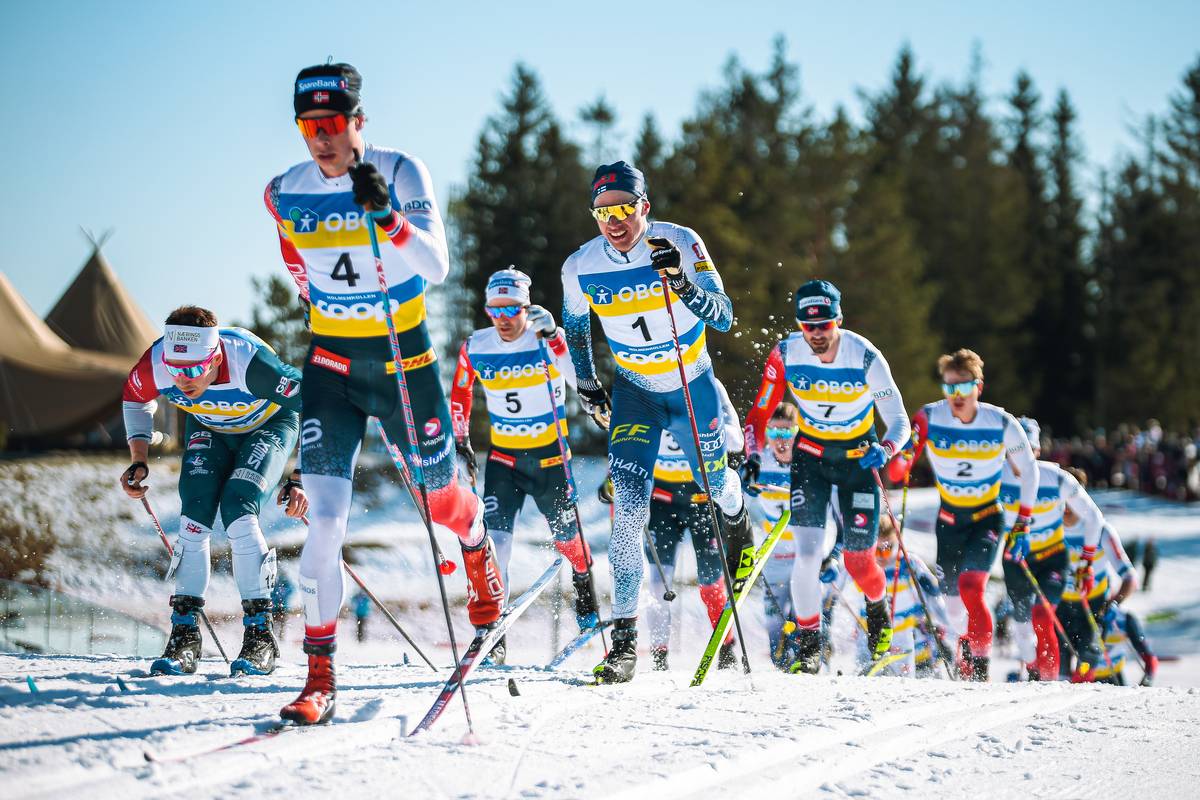
At the elite level of endurance sport, most often it’s not about the gear. Everybody’s competing on the lightest, most highly engineered equipment available. But in the fickle realm of World Cup cross-country skiing, it can be about the equipment. Canadian National Team member Devon Kershaw says that’s a frustrating aspect of the sport.
“Oh my gosh, when you miss the skis or the wax and [you’re] on the best day of your life, and you end up 35th! It’s gut wrenching,” Kershaw, 32, said in a recent phone interview. “It’s just about the equipment some days.”
Cross-country skiing, like any gear-intensive sport, is caught in a constant cycle of innovation where weight, stiffness, and new color schemes, reveal product evolution and glossy rebranding. Yet, if you have maintained a keen eye on World Cup ski selection since 2008, you may have noticed Canadians Alex Harvey and Kershaw racing to podiums on what appear to be antiquated Fischer classic skis. The duo specifically raced on 1999 Fischer RCS classics; skis sporting a yellow top sheet and a fire-engine-red sidewall.

These old skis were a staple for the Canadians. A go-to ski on numerous World Cup weekends.
For many on the World Cup, seeing Kershaw race around on the old-school skis became an eye roll moment.
“People would say, still using those old skis from the Ramsau World Champs, eh?,” Kershaw said. “Everyone thought we were using the exact same pair, but we had a number of them for different conditions. Some were good in the cold, I mean ridiculously good in the cold.”
Race after race, careers are on the line. A podium here, a World Championship medal there, translates into real sponsorship dollars and an extended athletic life. So the Canadians must of had good reason for using skis built the same year a Cher tune was an international hit.
Kershaw explained the fleet of 1999 skis were slippery on the snow.
“Man those skis. I’m telling you, it seems like superstition, but the free glide on those skis kept them in the mix on the World Cup,” he said. “The one characteristics across the board for all those skis, we call it free glide. You bring your foot through, a lot of classic skis, even ones that win a glide test, you can feel the kick wax under your foot. That’s what Alex and I look for a lot, when you can’t feel the kick wax when moving the foot through. They felt like they had no grip wax on them but they have locker kick. How is that possible?”
That mystery — trying to determine how, when and why some things work and others fail — is an intriguing part of the sport. When it comes to race-day ski selection, Harvey, 27, is as fastidious as they come. He employs a personal ski tech he calls a “test pilot.” Together they test grinds, hand structure, waxes, top coats, and of course, skis. In a phone interview, Harvey explained it’s good to have an expert second opinion. In speaking about those 1999 skis, he said the skis began playing games with his mind.

“They were great on hills and flat, but I’d be dropped on the downhills,” Harvey said. “They feel good when skiing, but when comparing objectively, they are not as good.”
Those old skis did remain viable for years. At one point, Fischer asked why the Canadians were using older skis. Remember, a good ski is a good ski. So the fleet was returned to Fischer and refreshed with new bases and an up-to-date black top sheet. After the cosmetic upgrade, without handling the skis, there’s no telling the difference between those retrograde skis and a pair of the latest and greatest.
The matchmaker between the Canadians and the 1999 “magic” skis was Micke Book, a former wax tech for the Swedish National Team. Book served as a Canadian World Cup tech for eight years. In an email, Book wrote that two pair belonged to him and he acquired the remaining four pair from Tobias and Mathias Fredriksson.
As for Book’s thoughts on the magic attributes of these skis: “‘Well nothing is magic, they are good skis and well taken care of,” Book wrote in an email. Asked if the skis hold up in testing, Book explained, “They are still in the Bag. So yes they match new skis very well.”
The Canadians no longer have access to the skis as they remain with Book. This season, Book will serve as a personal ski tech for Kazakhstan’s top skier Alexey Poltoranin. He has no plans for Poltoranin to use the skis. Book also waxes for long-distance nordic team, Team Exspirit. Book explained that Sweden’s Daniel Rickardsson will test the 1999 fleet for the 2016 Ski Classics marathon series.
According to Kershaw, the legend of Book’s skis remain alive. “If I see Poltoranin on those skis, that will weird me out big time,” he said.

Even Kershaw seemed dumbfounded by his use of the retro gear. He referenced Marco Pantani’s Tour de France win in 1998, pointing out the Italian cyclist’s rickety bike, once perceived as state of the art.
Consider a YouTube clip of 1998 vintage Pantani. A few things remain the same: Paul Sherwen and Phil Liggett are stoked. The riders still gaunt and suffering in the Alps. But the bike frame tubes resemble toothpicks. Helmets? Not yet.
“Yet I’m using skis from that era,” Kershaw said with a laugh. “Alex is hitting the podium on the World Cup.”
Look at most skis used on the World Cup and it’s rare to see older skis. Like many industries, nordic ski manufacturing has become more controlled. With manufacturing tolerances measured in millimeters comes the ability to produce more consistent skis. U.S. Ski Team Head Coach Chris Grover wrote in an email that his team no longer carries old skis — the quality of new product available on the World Cup eliminates the need.
“Some individuals have a few older go-to pair of skis, and occasionally we share them with other athletes on the Team, if the athlete who owns them is not using them an conditions are right,” he wrote. “However, many of the skis being made today are faster than the athletes’ older skis.”
Canadian head coach Justin Wadsworth adds that not having the skis as part of the quiver is relieving.
“You are always leary of going on a 15-year-old pair of skis,” he said. “You use those in the World Championships or something, are they going to break? At a certain point the material starts to break down even though they have been re-based and re-topsheeted.”
“You are always leary of going on a 15-year-old pair of skis.” — Canadian National Team Head Coach Justin Wadsworth
After a lifetime of racing, Kershaw understands quality. When the 1999 skis were available to him, Kershaw chose them because they were better. Because they were faster. Ski selection ultimately remains the athlete’s responsibility.
“Just enjoy skiing because you never know when those magic skis will make it into your life,” he advised. “Who cares what they look like. As long as they are fast and they work well. We don’t discriminate based on age or cosmetics.”
Jason Albert
Jason lives in Bend, Ore., and can often be seen chasing his two boys around town. He’s a self-proclaimed audio geek. That all started back in the early 1990s when he convinced a naive public radio editor he should report a story from Alaska’s, Ruth Gorge. Now, Jason’s common companion is his field-recording gear.



